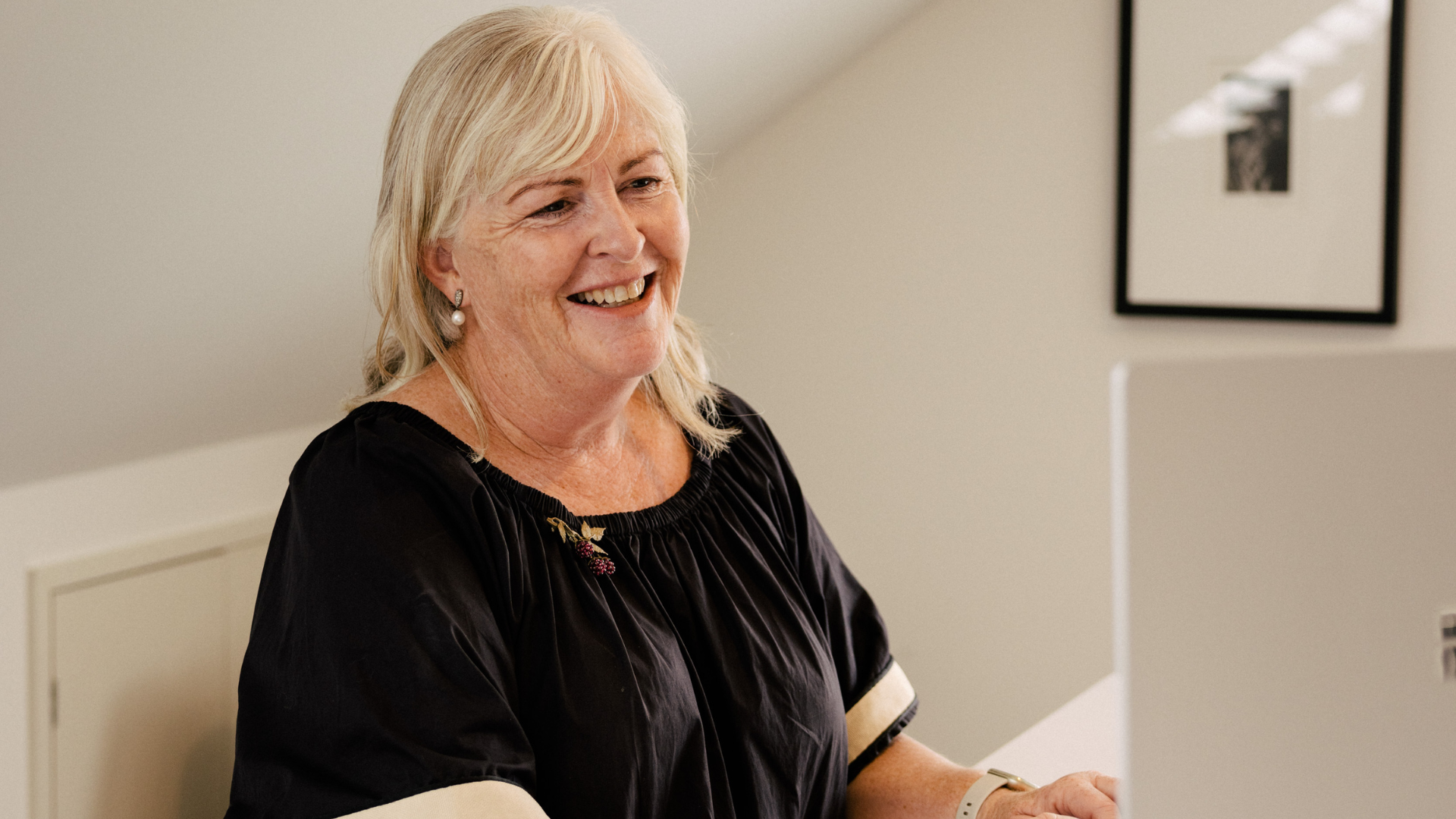Succession planning for the board chair
Replacing a board member can be challenging, even more so when it's the chair of the board. If there is a lack of planning to fill the sudden vacancy, chances are, the chair's departure may cause disruption and slight turmoil.
To select the right chair, nominees must consider the individual’s expertise, skill and experience. In addition, proactivity in succession planning allows boards to see turnover as progress – as a way to diversify, seek opportunities, include different talents and improve the function of the board.
Primarily, succession planning is needed to prepare for the departure of a board member, whether due to personal reasons such as health and family or external factors such as limited serving time. According to the National Association of Corporate Directors (NACD), the recommended corporate term duration should be limited to 10 to 15 years.
Why succession planning is important
Succession planning is a core part of the management process, as well as the strategy and growth of the company. There are several reasons for boards to pursue succession planning. These include preparation within the board to:
- Minimise disruptions from sudden leadership vacancies
- Ensure smooth leadership transitions
- Allow the obtainment of top-tier talent
- Allow diversity among members of the board
- Prevent groupthink and conforming to specific ideas
- Strengthen relationships between shareholders and stakeholders
- Maintain harmony among board members
- Continuously assess board performance
- Align organisational needs and strategic objectives
The role of the chair
Before moving on to the technical aspect, it is important to note the role of a chair. According to the UK Corporate Governance Code, “The chair leads the board and is responsible for its overall effectiveness in directing the company. They should demonstrate objective judgment throughout their tenure and promote a culture of openness and debate. In addition, the chair facilitates constructive board relations and the effective contribution of all non-executive directors, and ensures that directors receive accurate, timely and clear information.”
The chair should be responsible for ensuring the long-term sustainability of the organisation. A high-performing role model should be passionate and understanding about their position. They should have a solid commitment to the organisation they represent and be happy to lead by example. Being the chair requires vigour and a specific obligation towards the organisation.
.png?width=1200&height=628&name=Article_Board%20choice%20(7).png)
Term of office
It is important to note that every organisation is different when it comes to the maximum term that a chair can serve. As mentioned before, the NACD recommends a term of 10 to 15 years. However, the UK Corporate Governance Code recommends that terms should remain at nine years. The reason behind this is due to independent thinking—it has been seen to be a challenge for chairs and long-term board members to think independently enough to be of value to the board during terms longer than nine years.
Outside of recommendations, there is no absolute requirement to change chairs. If the chair can deliver fresh and innovative ideas to the board, whilst keeping up with the ability to deal with presenting problems (amongst other requirements), then there is no need to prevent them from serving longer.
Make board governance easier for everyone with board management software
The process of succession planning
Several factors should be taken into consideration when planning the succession of the board. Some of these include:
- Any skills or industry knowledge that is needed by the board
- Adaptive and flexible mindsets are needed by the board in order to excel
- Any gaps that the board may be experiencing, and an idea on how or who to fill in
- Any strategic priorities that should be taken into consideration
- Any risks that exist or that could arise in the foreseeable future for the organisation
- Any immediate tasks that need to be fulfilled by the board
- Any mid to long-term requirements of the board, such as recruitment and legal matters
- Governance Action Plan that should take place every year
- Developing a pipeline of potential candidates
Finding the right people
The board's future chair can often be selected from those already within the boardroom. People already in positions of knowledge, such as the vice chair, or the Senior Independent Director, are viable candidates. But, with that said, this means that the nominating committee needs to ensure the competence of all board members, as they may be expected to become chair after a certain number of times. Aside from just selecting from existing members, though, recruitment agencies may also be used to acquire a suitable candidate.
Note: This article was originally published in July 2022 and has been updated for comprehensiveness.
Where to next?
Share this
You May Also Like
These Related Stories

How to be a great chair: a new on-demand course

What makes an effective chair of a board?




